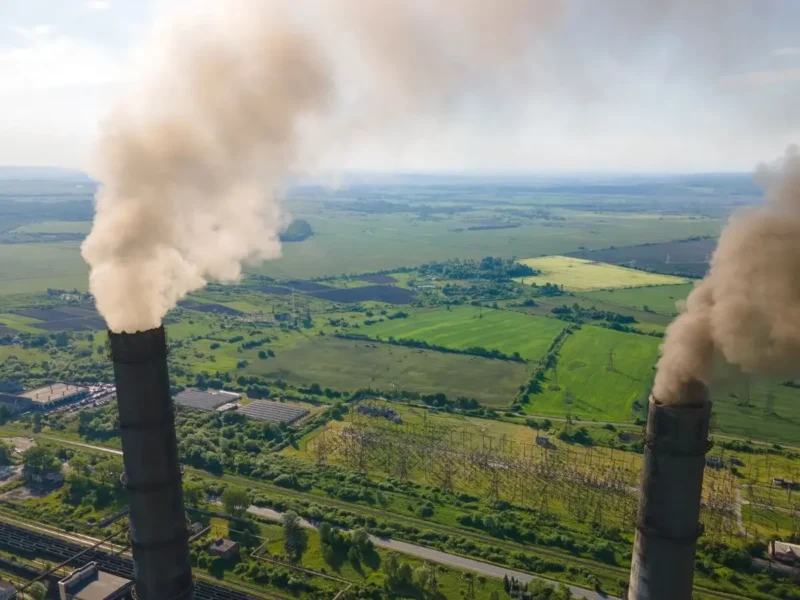What are Best Available Techniques (BAT) and why do they matter? Discover how these industry standards help reduce emissions, improve sustainability, and keep operations compliant with regulations.
Best available techniques (BAT) are defined as the techniques that are most effective, or ‘best’, at eliminating or, where not practical, minimising / controlling industrial emissions and environmental impacts. The individual factors of BAT are specifically defined as:
- Best: Most effective in providing a high level of protection of the environment;
- Available: Those techniques that are developed on a scale which allows for implementation in the relevant industrial sector, under economically and technically viable conditions, taking into consideration the costs and advantages as well as reasonable accessibility by the operator; and
- Techniques: References both the type of technology utilised in the installation and the installation’s design, build, maintenance, operation and eventual decommission.
BAT apply to existing and new installations as well as environmental permitted activities.
- Existing installations: Environment Agency will review the permit conditions for the installation and ensure the conditions align with the relevant BAT conclusions.
- New installations: The organisation must identify and achieve BAT standard before the start of operations.
- Environmental permits: Permit conditions might set out which BAT must be used, or it will set emission limit values (ELV) or other environmental outcomes.
In order to distribute BAT information, the European Commission initiated the publication of best available techniques reference documents (BREF) under the ‘exchange of information’ set out in the framework of Article 13(1) of the Industrial Emissions Directive (IED 2010/75/EU). The Industrial Emissions Directive is an extensive piece of environmental legislation that aims to prevent and control industrial emissions through integrated permitting – environmental permits must take into account the entirety of an installation’s environmental performance to avoid shifting pollution from one environmental medium to another.
Some of the industries with BREF documents include:
- Ferrous Metals Processing
- Food, Drink and Milk
- Iron and Steel Production
- Large Combustion Plants
- Non-ferrous Metals
- Refining of Mineral Oil and Gas
- Slaughterhouses and Animals By-products
- Smitheries and Foundries Industry
- Waste Incineration
- Waste Treatment
BREF documents describe emissions and consumption levels in the industry, applied industry techniques, various techniques considered for BAT and any emerging techniques. Also included in the BREF are BAT-AELs (associated emissions levels), which are the legally-binding emissions levels achieved when using BAT and enforced by national regulators. BAT-AELs are the basis for ELVs (emissions limit values) set out in environmental permits.
Currently, many of the BREF documents are under, or will soon be under, review. The Food, Drink and Milk Industry recently had the final draft of the BREF published, and the finalised BREF can be expected soon. This is pertinent to organisations in the relevant industries as permit conditions are likely to be reviewed after the publication of the new BREF documents with the expectation that organisations will have to adhere to any amendments set out by the EA (after review). Organisations should be aware of any updates to BAT for the associated industry sector to ensure compliance.
Progress on the review and update of BREF documents can be monitored by periodically checking the European Commission’s ‘Refence documents under IPPC Directive and the IED’ website.

